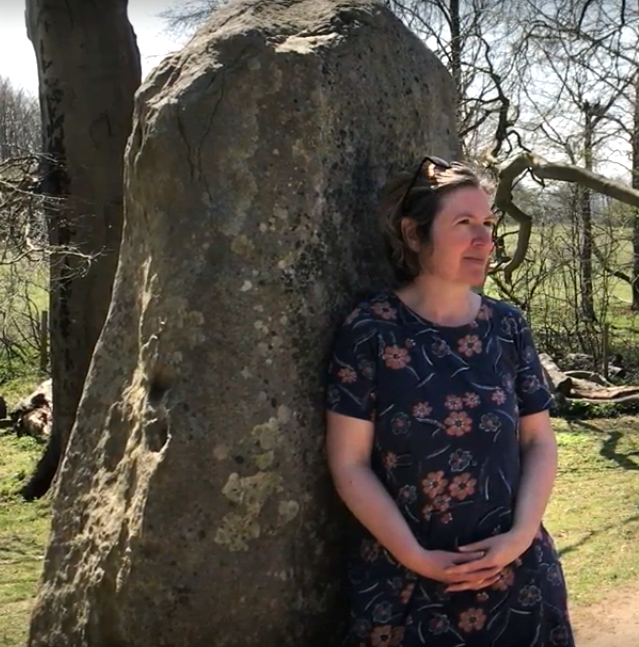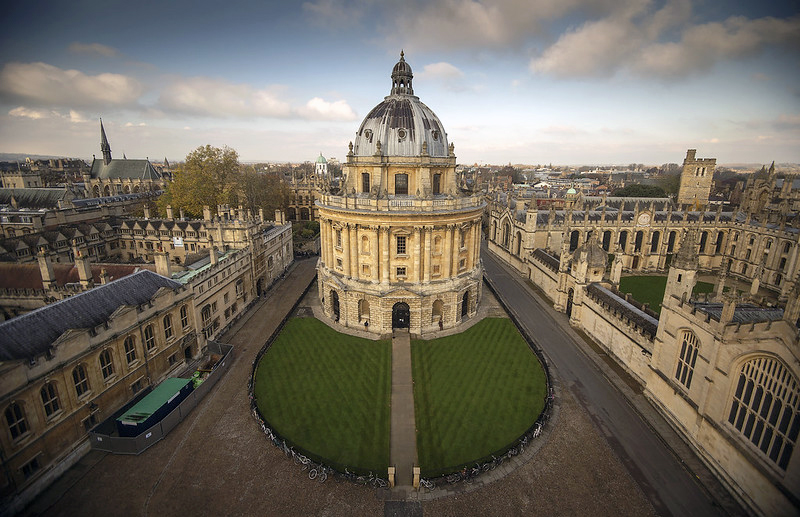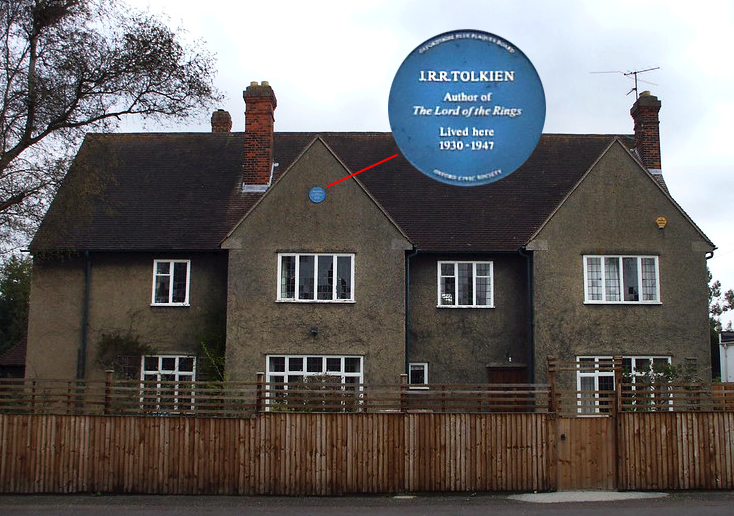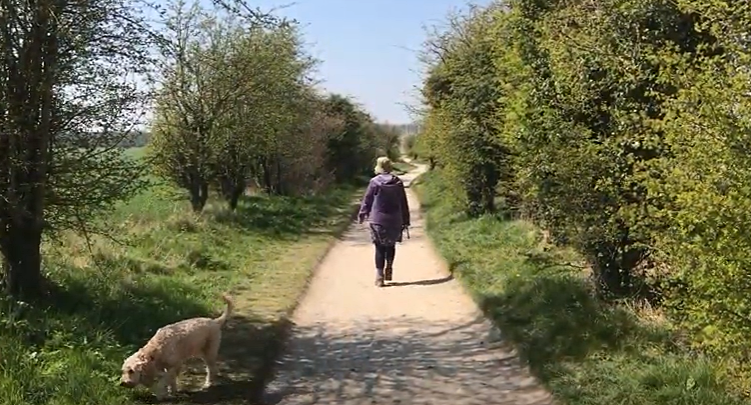This is part one of a two part interview with Julia Golding, founder of Project Northmoor and the Oxford Centre for Fantasy, which is dedicated to creativity and the study of Oxford’s most famous fantasy writer, J.R.R. Tolkien. Like Tolkien, she studied at the University of Oxford where she received a Doctorate in English Literature. Her CV includes British diplomat and Oxfam policy adviser, as well as multi-award winning author of children’s and young adult novels, with over a half a million books sold worldwide, which have been translated into many languages.

Mithril: What is your first memory of reading Tolkien?
Julia: Your question reminded me that I had a first unsuccessful attempt at reading The Hobbit too young on my own (around 6 or 7) which put me off Tolkien. I wish someone had read it to me – or steered me towards a recording –because it took me a long while to rediscover The Hobbit. But then came the summer when I was ten. I decided to try Tolkien again but started with The Lord of the Rings. I have a vivid memory of lying on a sofa in my childhood home in Essex, suburban Southeast England. I can even conjure up the feeling of the sofa fabric and the cool room with the sunny road outside. I was enchanted, completely lost in his world. I got to the end, and immediately went back to The Fellowship of the Ring, because I couldn’t stand for the experience to end – so I carried on lying down reading. It really was a turning point for me; ever since then he has helped inspire my passion for creating worlds in fiction.

Mithril: You’ve written over 60 novels, and once said “[Tolkien] is a key influence over the way I write and the reason I became an author.” Can you delve into this a bit more?
Julia: It is connected to his example as a creator of myth. He wrote about us being sub-creators, how we can be a little like a god to our own worlds. I love the idea that we each have the ability to create these microcosm universes, decide the rules and nature of the worlds, invent the peoples, their behaviour, culture and languages. Tolkien led by example. His enduring appeal to me is as a uniquely creative mind whose subcreation has unrivalled internal consistency, length, breadth and depth.
I was also inspired by how he wrote about the things that mattered to him by using them to power the structure holding up Middle-earth. He didn’t come at you with an obvious allegory and bash you over the head with the application; he famously wrote in the Preface to The Fellowship of the Ring that: ‘I cordially dislike allegory in all its manifestations, and always have done so since I grew old and wary enough to detect its presence.’
That doesn’t mean, of course, there aren’t values or messages to be drawn, but these are those connected with the reader’s experience. You can be a person of faith, no faith, and from the whole range of world cultures, and still there will be something important there for you. He found great power in such stories as those where the hero sacrifices themselves, displays humanity to the enemy, or fights a battle where victory is also a kind of defeat – all of which can be linked to source stories ranging from the Bible to George MacDonald and William Morris, via Old Norse sagas and Anglo-Saxon poetry. This method of using the things you find powerful as a code underlying your own story showed me how to draw on what I care about to create something uniquely mine – and hopefully the reader senses this and cares too.

Mithril: You hold a Doctorate in English Literature from the University of Oxford. While there, did you study Tolkien’s works?
Julia: I studied Tolkien when I did my undergraduate degree, which was in [the University of] Cambridge back in the mists of time. I wrote a final year paper on Tolkien and C.S. Lewis looking at their different approaches to mythopoeia. I didn’t become a professional writer for another fifteen years, but that third-year thesis stayed with me.

Mithril: You are the founder of Project Northmoor, a center for creative studies with a focus on fantasy and J.R.R. Tolkien. How did the idea for this come about? Can you talk about the process of pulling it together?
Julia: This all came out of the attempt to buy Tolkien’s house, which began in November 2020, launching in December that year – all in super-quick time as we were trying to buy it before anyone else did. I live close by the house. When I cycle past, I have always thought it would make a perfect creative writing centre and would be a wonderful way to honour Tolkien’s legacy. There isn’t anywhere like that in the UK, which is astonishing considering his global importance as a writer. When we started the campaign to buy it, we decided the idea of having a literary centre in Oxford was a valid goal even if we didn’t achieve our aim for the house. We wanted to provide a place for those who love Oxford fantasy to come for inspiration. When we didn’t make the target in the first three months, we had to stop as the vendor wanted to take another offer. Such a shame as we really gave it our best shot! Many Tolkien fans around the world were really generous but there just weren’t enough of us to get us over the line. We then went to plan b and began looking for another venue for the centre. However, that meant we started off online. That was a blessing in disguise as it made us think outside the box of what residential creative centres usually offer. We could be global from the outset, building a wonderful community of creatives who are inspired by Tolkien and other Oxford fantasy writers.
In the second part of this interview, we’ll share a video where Julia visits a barrow which may have helped inspire the Barrow Downs scene in The Fellowship of the Ring.



